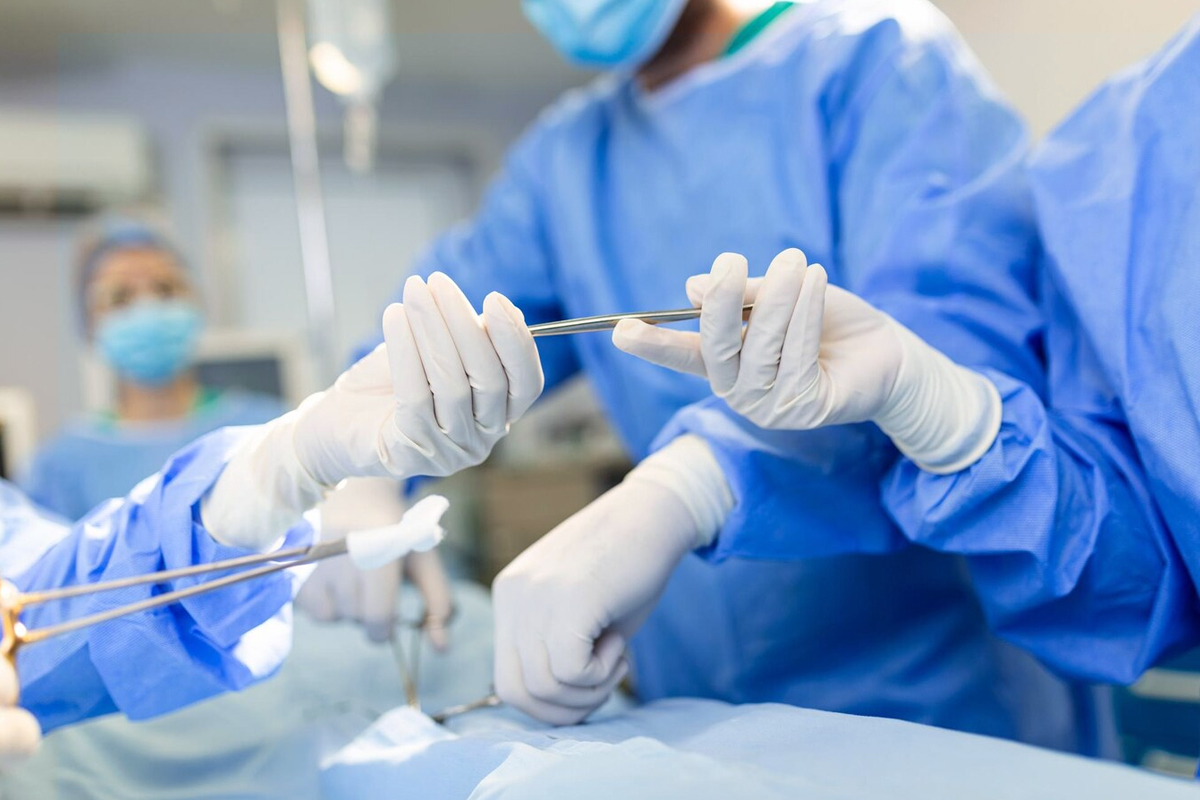The uro-dynamic study in children refers to a group of tests and procedures that evaluate how it is stored and then released the urine. Through these tests, diagnose problems of the function of the bladder in children. Urodynamics also helps to determine the best ways to treat urologic conditions, whether through drugs, surgery, or a combination of approaches.
- Studies video urodynamics are performed on patients with urological disease complex, where the evaluation is necessary anatomical and functional urinary tract low. Together, simultaneously and in a single instrumentation to the cistouretrografía voiding (stands in sharp contrast to the urinary tract in radiology ) and urodynamics conventional. It is one of the most advanced studies to know the phase of filling and emptying of the bladder. In addition, it does not provide very valuable information on the presence or absence of vesicoureteral reflux. These invasive studies are carried out by specialists trained and experienced in dealing with children with neurogenic bladder and spina bifida.
- Bone scan kidney or nuclear medicine
- Magnetic resonance imaging of the spine
- Blood tests to assess kidney function.
Uro-dynamic study in children: Treatment
The main objectives are: to preserve the renal function, to achieve continence, social, and promote a positive self-esteem as children grow older.
- Clean intermittent catheterization: is a procedure clean, but not sterile, taught to the parents and families by our trained nurses. The empty routinely bladderreduces the risk of urinary tract infections, prevents the dilation of the urinary tract, protects the bladder and achieved urinary continence.
- Anticholinergic medications: this class of drugs, such as oxybutynin, helps to relax the smooth muscles of the bladder, it prevents the muscle contractions of the bladder,generating capacity increase at low pressures.
- Surgical treatment options: In the event that medical treatment above is insufficient, our center are trained professionals who perform procedures such as: Injection of botulinum toxin into the bladder, enlargement of the bladder, and channels for bladder catheterization.








